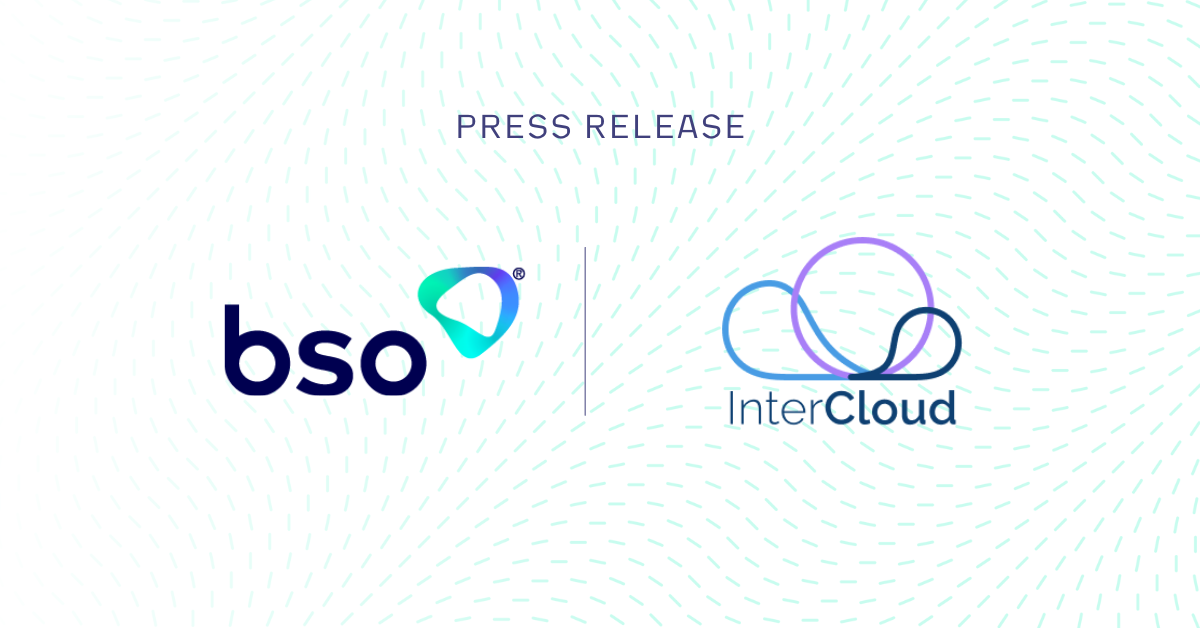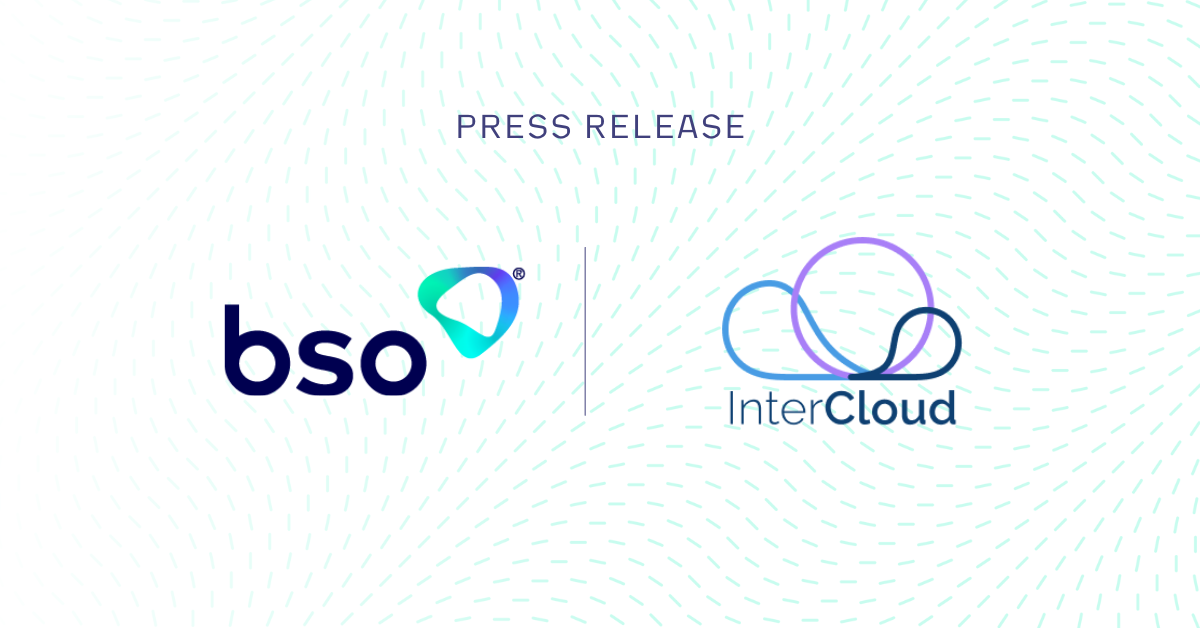
Businesses trading in the financial markets are increasingly striving for greater speed and efficiency from their systems and processes. Due to the highly competitive and volatile nature of the industry, every second counts. Therefore, your network connectivity capabilities are paramount. We discuss how you can accommodate low latency, high-frequency trading to get that crucial competitive edge.

Striving to optimise for low latency in high-frequency trading
Speed is of the essence in high-frequency trading (HFT), as the approach requires powerful computer programs and algorithms to carry out a large volume of transactions in fractions of a second. Traders with faster execution speeds can achieve more profitability, as the faster your algorithms can analyse stock exchanges and execute orders, the higher is your profit should be.
As market players continue to invest in more powerful networking solutions and advanced trading software, firms that don’t keep pace with the latest innovations will get left behind.
How can businesses operate high-frequency trading?
The key things firms are looking to achieve when seeking to operate a high-frequency trading approach include:
-
High-speed data centers
-
Real-time data feeds
-
Advanced algorithms that can rapidly analyse market data
-
Low-latency network connectivity
-
Colocation – placing HFT servers closer to the exchange servers
Why is latency important in the financial world?
Network latency is a key factor in financial trading, as latency issues will hinder your trading performance. That’s why firms are striving to operate low-latency, high-frequency trading. With constantly moving markets and vast volumes of transactions being made each day, trading decisions need to be based on accurate, real-time information. In an era of high-frequency algorithmic trading, even the slightest of delays can cost millions. High latency can impact price updates, leading to prices that no longer reflect the actual market rate, slippage or rejected trades that represent missed opportunities.
Is it possible to achieve zero latency?
Reaching zero latency in high-frequency trading is the ultimate goal. Currently, it’s not possible to achieve zero latency, with limitations such as the speed of light and distance that data packets have to travel. But firms are aiming to get as close to zero as they can. The realistic aim is ultra-low latency (ULL), a state of optimised network latency with an extremely low tolerance for delays, which can support real-time data access and response.
How to achieve low latency, high-frequency trading:
So, how can firms reduce latency and empower HFT? There are various factors that cause latency issues for IT teams and barriers preventing businesses trading in the financial markets from achieving low latency, high-frequency trading.
Key barriers to operating low latency, high-frequency trading
Here are some common barriers to trading firms achieving low latency:
-
Your network’s distance from the server responding to data requests
-
Software/applications issues (such as sites with large files/heavy content, poorly optimised databases and applications overloaded with traffic requests)
-
Hardware issues (such as your internet connection, systems running low on memory space and an excessive number of routers processing data packets)
Ways you can reduce your latency
Below are just some of the main ways that you can reduce network latency:
-
Audit and assess your network to identify and address issues
-
Utilise network monitoring tools
-
Invest in faster connections between data centres
-
Explore cloud solutions that can help you achieve low latency
-
Partner with global network solution providers with direct routes to key trading exchanges
-
Look into hardware upgrades that can handle more intensive data requirements
-
Optimise your use of network switches
-
Consider colocation rack space in the same location as exchanges
-
Leverage market data feeds directly from exchanges
For more details on identifying, measuring and fixing network latency issues, read our blog: How to spot and fix network latency before it costs your trading floor money.
Get support from network connectivity experts
In addition to the ways to reduce latency mentioned above, optimising your network infrastructure to enable low latency, high-frequency trading is best achieved by partnering with a network connectivity expert and solutions provider with extensive technical expertise and experience working with businesses trading the financial markets.
BSO offers a comprehensive range of managed services to enhance your network capabilities, reduce latency and support your IT team. Explore BSO Plus to learn the benefits of our managed services and how our expert engineers can help you meet your networking goals.
Low latency network solutions for traders
Achieving the lowest possible latency (or ultra-low latency) ultimately requires an optimised end-to-end network infrastructure. There are various solutions available to businesses that can enhance different components of your network.
A typical requirement for ultra-low latency is data centre secure colocation, to reduce the distance between your rack space and the exchanges you’re trading in. Other low-latency solutions include:
-
Trading automation software
-
Market data feeds & APIs with direct, real-time access to exchanges
-
Field-programmable gate arrays (FPGAs)
-
Ticker plant systems
We recommend speaking to a network connectivity expert to help you understand your key needs and the most suitable solutions for optimising your infrastructure and latency level.
Cloud-based solutions for low latency, high-frequency trading
Cloud-based software solutions can offer various networking benefits, and many of these support the needs of high-frequency trading systems. Benefits of using public clouds for HFT include:
-
Dynamic scalability
-
Increased global reach
-
Cost-effectiveness
-
Reliability
-
Globally distributed data centres available on-demand
-
Reduced pressure on internal IT resources
There are some drawbacks to attempting to operate high-frequency trading in a cloud environment, including a limited ability to provision hardware for data centre colocation and certain challenges related to virtualization and ensuring regulatory compliance.
To better understand the most suitable cloud computing options for your business, you can get our free checklist: Public vs Private vs Hybrid Cloud checklist.
Summary
Today’s firms trading in the financial markets are striving for any edge that they can get. With ever-improving trading technology and IT innovations, minimising barriers to performance, such as latency, are critical for staying ahead of the competition. Address the key factors impacting latency and explore the various solutions available that can help you operate low-latency, high-frequency trading.
BSO offers low latency trading infrastructure solutions for financial firms. We connect to all major trading venues across Europe, Asia-Pacific, the Middle East and the Americas (reaching 33 countries and over 240 data centre locations) with bespoke and scalable connectivity solutions and colocation services. Explore BSO Ultra, our suite of ultra-low latency solutions, including Crypto Connect, our dedicated low latency connectivity solutions for crypto trading
ABOUT BSO
The company was founded in 2004 and serves the world’s largest financial institutions. BSO is a global pioneering infrastructure and connectivity provider, helping over 600 data-intensive businesses across diverse markets, including financial services, technology, energy, e-commerce, media and others. BSO owns and provides mission-critical infrastructure, including network connectivity, cloud solutions, managed services and hosting, that are specific and dedicated to each customer served.
The company’s network comprises 240+ PoPs across 33 markets, 50+ cloud on-ramps, is integrated with all major public cloud providers and connects to 75+ on-net internet exchanges and 30+ stock exchanges. The team of experts works closely with customers in order to create solutions that meet the detailed and specific needs of their business, providing the latency, resilience and security they need regardless of location.
BSO is headquartered in Ireland, and has 11 offices across the globe, including London, New York, Paris, Dubai, Hong Kong and Singapore. Access our website and find out more information: www.bso.co
SALES ENQUIRY
Get in touch now. Find out how we can transform your business_
You might be interested in_
THE BSO DIFFERENCE
The industries we work across_





/Revolutionising-Connectivity%20BSOs-Tailored-Cloud-Solution-for-CryptoStruct-GmbH.png?width=1050&height=550&name=Revolutionising-Connectivity%20BSOs-Tailored-Cloud-Solution-for-CryptoStruct-GmbH.png)
/6%20Cloud%20Best%20Practices%20for%20Financial%20Technology%20Companies.jpg?width=1200&height=600&name=6%20Cloud%20Best%20Practices%20for%20Financial%20Technology%20Companies.jpg)









